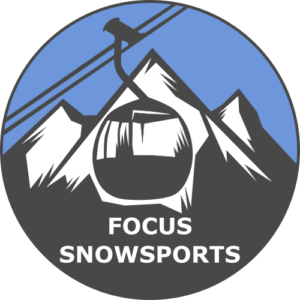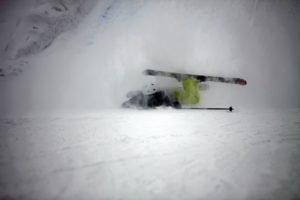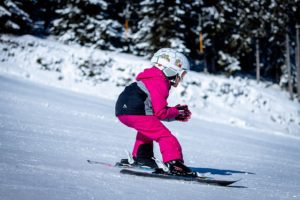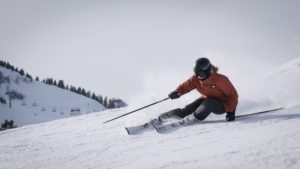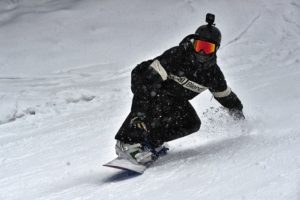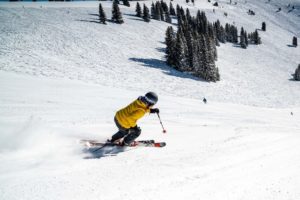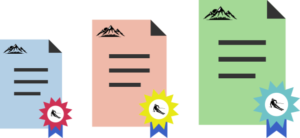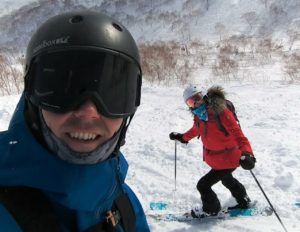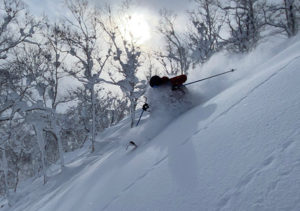Having the right snowboard equipment is really important for your instructor training. Whether you’re looking to buy new equipment or use your own, here’s everything you need to know about boards and boots for your instructor course. Let’s start with the most important piece of snowboard equipment, your boots.
Best Snowboard Boots for Instructor Training
When it comes to snowboard instructor training equipment, your boots should be your priority. Boots should be well fitting and the right stiffness for your ability and style of riding.
Are your Snowboard Boots Good Enough for Training?
You’re going to be spending a lot of time in your snowboard boots on an instructor course. They’ll have a big impact on not only your comfort, but how well you control the board. It’s really important to make sure your boots fit well and are the right ones for you.
Snowboard Boot Fit
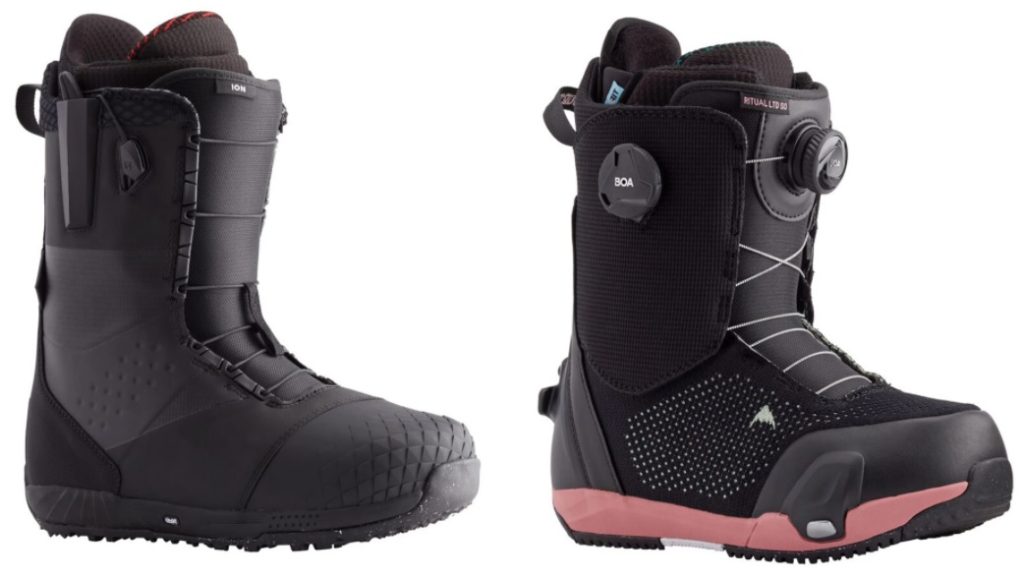
Snowboard boot fit is the most important part of choosing snowsports equipment, especially for instructor training. A snug pair of boots that match the shape of your foot will look after you the whole day. If there’s any gaps or pressure points, you’re going to know about them very soon while training. After all, no one likes missing out on snowboarding because their feet hurt.
A good quality pair of snowboard boots that fit well will also help your riding ability. Boots are the connection between you and your board. If they’re snug then you’ll be able to make those subtle changes and movements that you’ll need at higher performance levels. On an instructor training course, you’re going to be learning more about refining your movements. You’re skills will increase dramatically, so you’ll want boots that can keep up.
Am I Good Enough to be a Snowboard Instructor?
Snowboard Boot Stiffness
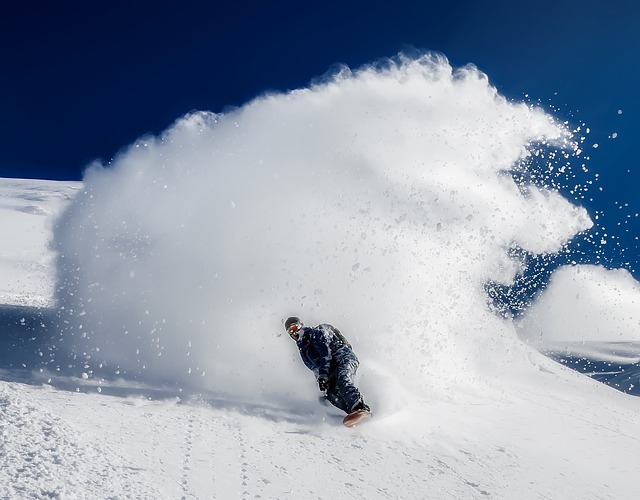
Snowboard boots are designed for different riding styles such as all mountain, park, carving. For a snowboard instructor course, look for mid to stiff boots (relative to your height and weight). You’ll want something that is going to support you as you flex into the boots while riding, but not be too stiff to limit movements. If the boots are too soft then you’ll lose the pressure that you apply to your edges and lose board performance.
Finding a sweet spot of stiffness for your snowboard boots is best here, this way you’ll have the ideal equipment for your instructor training.
Make sure you head to a reputable snowboard shop or boot fitter to get the best boots. When being fitted for boots, your boot fitter should start by measuring your feet and checking out your foot shape. From there they can suggest a few different pairs to try on. Ignore the design of the boots and start with the fit and the boot type.
Snowboard Boot Condition
If your current snowboard boots are a good fit and the right type for your instructor training, you should check their condition, especially if they’ve been fairly used. A great tip is to separate the liner from the outer boot and check for any rips or stresses on the seams on each. Sometimes a snowboard boot looks fine from the outside, but lurking inside is a weak point ready to rip and cause issues while you’re out on the mountain. As a snowboard instructor, looking after your equipment is a good habit to start right from your training.
How do you teach a snowboarding lesson?
Best Snowboards for Instructor Training
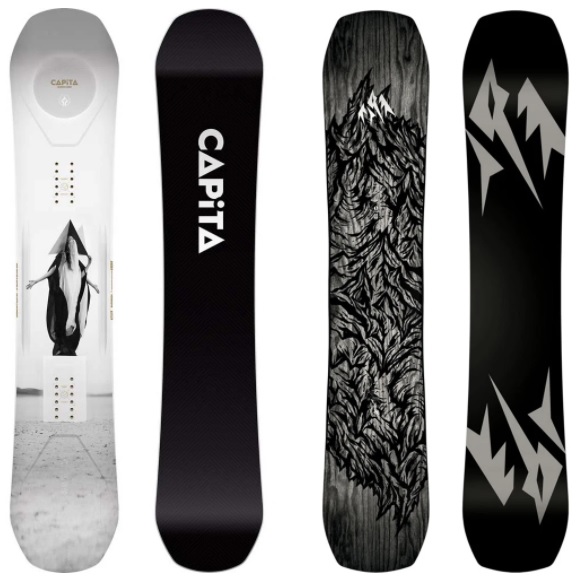
There’s really no single best snowboard for instructor training. There are boards that can make it easier for you, and boards that will make things more tricky. Your instructor training is an investment, so you’ll get the best out of your training on the right kind of snowboard.
Type of Snowboard
There’s so many different types of snowboards for sale these days. Park, powder, all mountain and even race boards. The best type of equipment for your instructor training is an all mountain snowboard. These are designed to perform great in all kinds of conditions, from piste to powder. You’ll get the most versatility from an all mountain board, and you’ll certainly want that for your training.
Snowboard Stiffness
How stiff should your snowboard be? This depends on your weight, height, riding style and ability level. Generally, the lighter you are and the less experienced, the softer a board you’ll want. It will be a little more forgiving. If you’re a heavier and stronger rider, a stiffer board will support your weight and added pressure when you ride.
For instructor training, a medium stiff flex (relative to your profile), is best. Again, you’ll want something all round that can handle different conditions. Your training will take you all over the mountain, so you’ll want that flexibility.
Camber or Rocker Type/Profile

Camber means the shape of the snowboard. Specifically when looking at the board from the side, while it’s flat on the ground. Is the board perfectly flat, does it raise up between the bindings or does it raise up and the nose and tail?
There’s a bewildering array of different cambers and hybrid cambers on the market now. But you don’t have to know about them all. There are two overall types of snowboard camber, and lots of variations and hybrids of those two. There’s traditional camber and rocker/reverse camber.
Stick to more traditional camber boards for an instructor training course. Many boards may have a little bit of nose and tail rocker, which is completely fine, but you’ll really benefit from a raised camber between your feet. Traditional camber (where the board rises in the middle) gives the best grip overall, and the most stable performance. When you’re training, you’ll want to be able to feel the edge gripping the snow and work with the rebound it creates. Boards build with rocker/reverse camber profiles won’t hold as well in those higher performance turns.
How to Pass a Ski (or Snowboard) Instructor Exam
Can I Use a Park Board for Instructor Training?
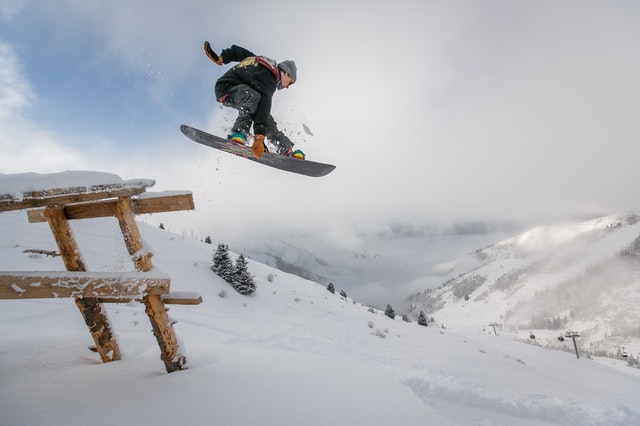
You might have a park snowboard already. Or, you might have noticed that some boards are described as all mountain park boards. There’s so many different hybrid boards available now that it can seem confusing at first.
But the answer is yes, you can use a park snowboard for your instructor training course, with two considerations. Does the board have more traditional camber and is it the right stiffness for you?
As long as your park board is the right stiffness and camber (as seen above) then it will serve you well. Avoid soft jib boards or those with aggressive reverse camber, they simple won’t hold out when things get steep and fast. If you have a park specific board, or your looking to buy one, get an all mountain or performance park board.
Is your Snowboard in Good Condition for your Instructor Training?
By now you might be looking at your current snowboard. If it’s the right board for your instructor course, it’s time to make sure it’s in good condition. Has it been in storage all summer? When was the last time the edges were sharpened? It’s great to learn more about your snowboard equipment, to be ready for your instructor training.
To be successful and enjoy your training the most, it’s good to service your snowboard. If you’re not sure how to do this, check out your nearest snowboard shop. Almost all will offer waxing, edging and many other options to get your board feeling like new again.
You’re going to become a snowboard instructor, so looking after your equipment is all a part of it. A snowboard in good condition will slide easier, grip more and feel so much better to ride.
What Happens During a Snowsports Instructor Exam?
Good fitting boots and the right snowboard will really get you the most out of your snowboard instructor course. You’re going to be riding more than you ever have before on a snowboard instructor training course, so set yourself up for success with the right equipment.
